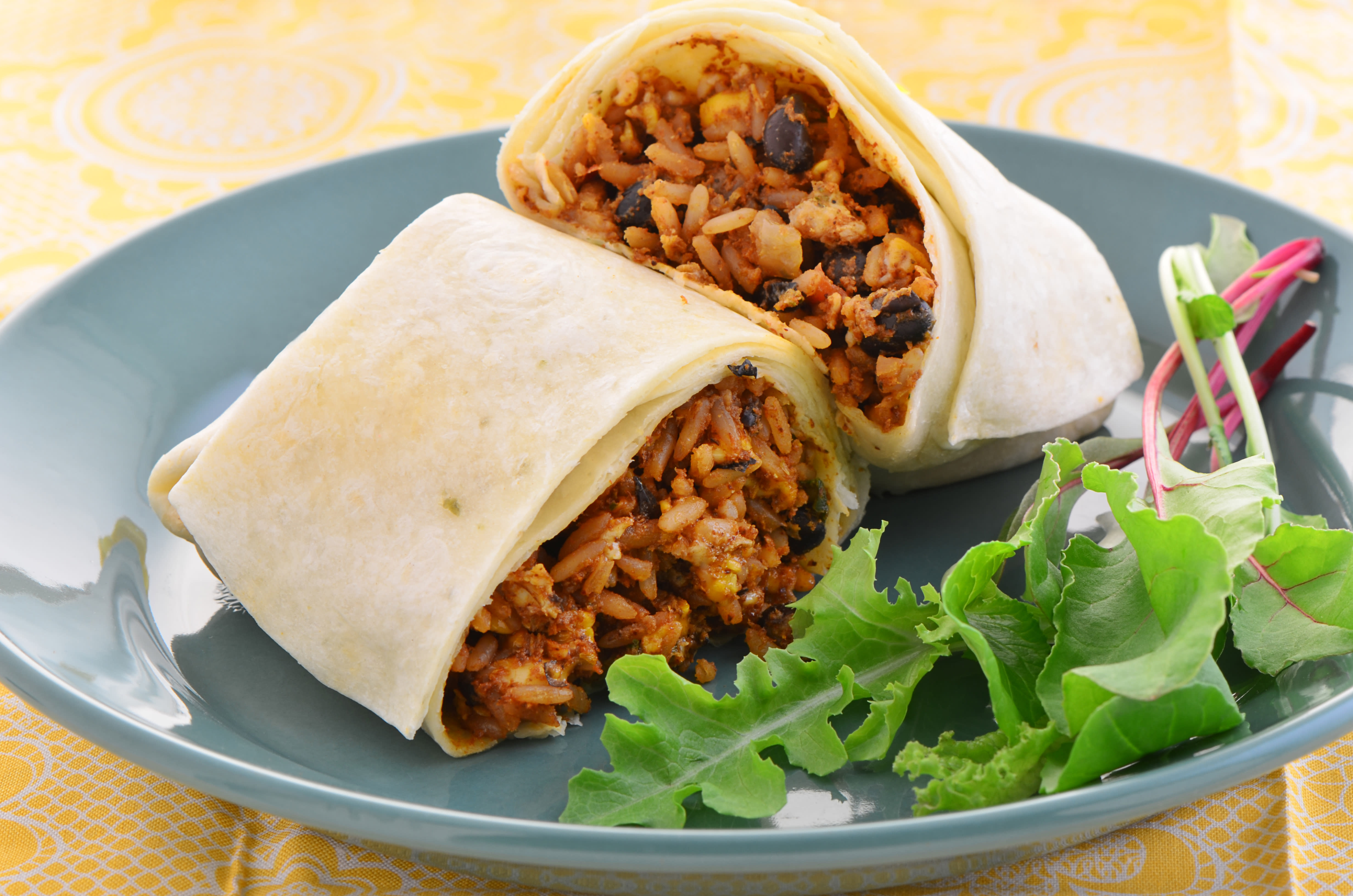




Get down to the basics of plant-based eating with these shelf-stable food tips.

Lots of people are looking to incorporate more healthy, plant-based meals into their lifestyle. There are millions of mouthwatering vegan recipes on the internet, but it can be overwhelming to know where to start! Luckily, there are some basic staples that are widely accessible and affordable that you can use to create a variety of satisfying vegan dishes.
How to eat more plant-based foods
As corporations continue to raise food prices and downsize products, consumers are looking for sustainable, cheap items to manage their grocery bills. With high costs making food waste even more conspicuous, shelf-stable items can provide shoppers with convenience and flexibility in meal planning.
Veganism is evolving, and with this change comes new products and insights that encourage consumers to rethink what’s on their plates. With plant-based diets showing clear health benefits in contrast to omnivore diets, and major retailers expanding their plant-based offerings, vegan cooking is easier than ever, and a significant step in protecting both animals and our environment.
What are shelf-stable vegan products?
Protein: Dried or canned beans, nuts, seeds, Textured Vegetable Protein (TVP), shelf-stable tofu Grains: Rice, quinoa, pasta, oats Fruits and Veggies: Canned vegetables (peas, carrots, tomatoes, mushrooms), dried fruits (apricots, raisins, mangoes, dates) Packaged and prepared foods: Canned soups, vegan ramen noodles, protein bars Miscellaneous: Nut butters, non-dairy milks, salsa, soy sauce, vegetable broth, nutritional yeast
Plant-based cooking tips and facts
Plant milks are shelf-stable. Unlike cow’s milk, which expires in 4-7 days, unopened plant-based milk can stay fresh for up to two years. Stock up on your favorite variety for coffee and cereal: coconut, soy, oat, almond, rice, and hemp milk are all great options! Don’t be afraid of cans. Canned veggies are shelf-stable and often more affordable than their fresh counterparts, but some buyers worry that they are less nutritious. Studies have shown that canned fruits and vegetables are nutritionally on-par with fresh vegetables, especially if you opt for products without added sodium or sugar! Frozen is good, too! Like canned veggies, frozen fruits and vegetables also boast the same (or greater) nutritional benefits as fresh ones–-but at a cheaper cost. Plus, they can be easily prepared on the stovetop or in the microwave! Get extra nutritional benefits from whole grains. Whole grains like quinoa, brown rice, and whole grain pasta are packed with nutrients like protein, fiber, B vitamins, antioxidants, and minerals. Incorporating them into your diet is shown to reduce the risk of heart disease and support a healthy colon. Stock up your spice pantry. Having a variety of basic herbs and spices on hand is key to flavorful vegan cooking. Check out this list of essential spices and what kind of dishes they go best with from One Green Planet. Go for longer-lasting fresh produce. If you’d prefer a fresh option in vegan recipes, some plants are hardier than others. When stored properly, potatoes, onions, pumpkins, squash, garlic, apples, and other fruits and vegetables with long shelf lives will help limit trips to the grocery store.
Vegan comfort food recipes
Shelf-stable vegan cooking with Samara on IGTV
Here are a few of our favorite recipes. You can swap fresh ingredients with frozen or shelf-stable ones (jarred applesauce is a good substitute for bananas or yogurt).
- Blueberry Coconut Oat Bake
- Peanut Butter and Raspberry Chia Jam Crepes
- Mushroom Stroganoff
- Easy Thai Red Curry
For more plant-based recipes, tips, and tricks, plus a FREE Eating Veg starter guide, check out our website, EatingVeg.org.
 Amanda Waxman
Amanda Waxman




